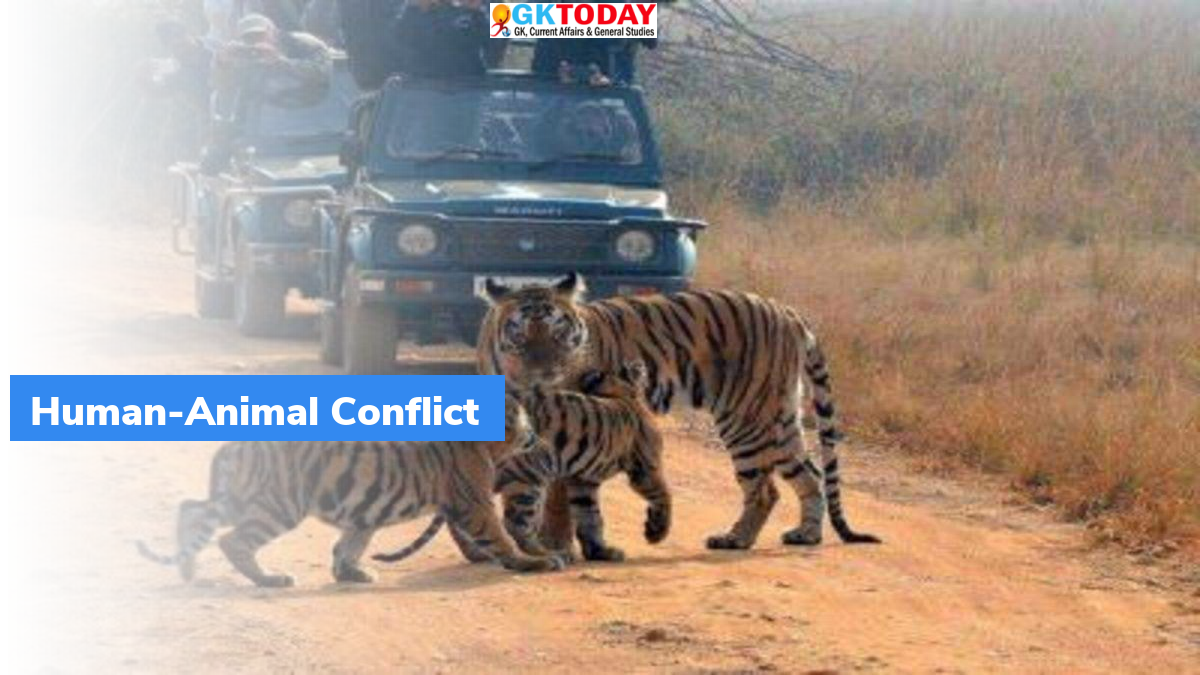Indian Government’s 14 Guidelines to Address Human-Wildlife Conflict (HWC)
Human-wildlife conflict (HWC) is a critical issue in India, where the coexistence of humans and wild animals is necessary. HWC is defined as the negative impact of the interaction between humans and wildlife on either or both parties. To address this issue, the Union Minister for Environment, Forest and Climate Change, Shri Bhupender Yadav released 14 guidelines to facilitate a common understanding among key stakeholders on what constitutes effective and efficient mitigation of HWC in India.
Species-specific guidelines
Ten species-specific guidelines for mitigating conflict with elephants, gaur, leopard, snake, crocodile, rhesus macaque, wild pig, bear, blue bull, and blackbuck were released. These guidelines will help develop site-specific HWC mitigation measures.
Cross-cutting issue guidelines
In addition, there are four guidelines on cross-cutting issues, including cooperation between the forest and media sector, occupational health and safety, crowd management, and addressing health emergencies.
Harmonious-coexistence approach
The guidelines aim to ensure the harmonious coexistence of humans and wild animals. They take into consideration the existing guidelines and advisories issued by various agencies and state forest departments, as well as good practices and experiences from the field.
Holistic approach
The guidelines provide a framework to take a holistic approach to address HWC. This includes addressing the drivers and pressures that lead to HWC, establishing and managing prevention methods, and reducing the impact of conflict on both humans and wild animals.
Participatory and inclusive approach
The development of the guidelines followed a participatory, inclusive, and integrated approach involving key relevant stakeholders and sectors, including agriculture, veterinary, disaster management, district administration, rural development and Panchayati Raj Institutions, NGOs, and media. Over 1600 participants were involved in 105 events, workshops, consultations, meetings, and field missions.
Living document
The set of guidelines is not static but rather a living document that will be reviewed every five years from 2023 onwards. Feedback from field practitioners and other wildlife experts will be analyzed to assess specific elements and sections that need to undergo changes.
Month: Current Affairs - March, 2023
Category: India Nation & States Current Affairs


